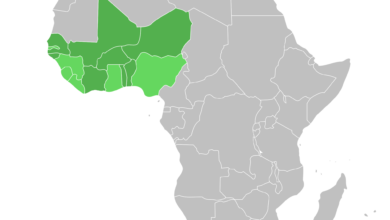World
South Africa: Unemployment Rate Jumps To 29 Percent

South Africa’s unemployment rate jumped to 29 percent, the highest level in a decade, data showed on Tuesday. The second-quarter figures released by Statistics South Africa (Stats SA) on Tuesday show the number of unemployed rose by 573,000 over the past year, with only 21,000 jobs created, reported Reuters.
Data from Stats SA showed unemployment rose from 27.6 percent in the first quarter to 29 percent in the second quarter, driven by job cuts in private households, transport, and mining. There were 6.7 million people without jobs in the three months to the end of June, compared with 6.2 million people in the prior quarter.
The trade, services and construction industries recorded the biggest gains in employment. Employment in the formal sector and in private households fell by 49 000 but rose by 114,000 in the informal sector and 5,000 in agriculture.
According to the labor department, the increase in joblessness was preceded by a sharp rise in jobless claims from the Unemployment Insurance Fund (UIF), which rose 21 percent to 9.2 billion rand between 2018 and 2019.
“The increased payment in the unemployment benefit could be attributed to retrenchments that have plagued the country due to subdued economic growth,” the Department of Unemployment and Labour said.
The unemployment data was released on the same day when South Africa’s struggling state-owned power utility Eskom announced losses of more than 20 billion rand ($1.4 billion) last fiscal year. The power utility supplies about 95 percent of the country’s electricity. It is at the center of President Cyril Ramaphosa’s efforts to rid state-owned enterprises of mismanagement and corruption.
During his State of the Nation Address earlier this year, Ramaphosa promised to create two million jobs over the next 10 years, over 200,000 each year. But looking at the unemployment numbers, the President’s goals seem to be unachievable.






